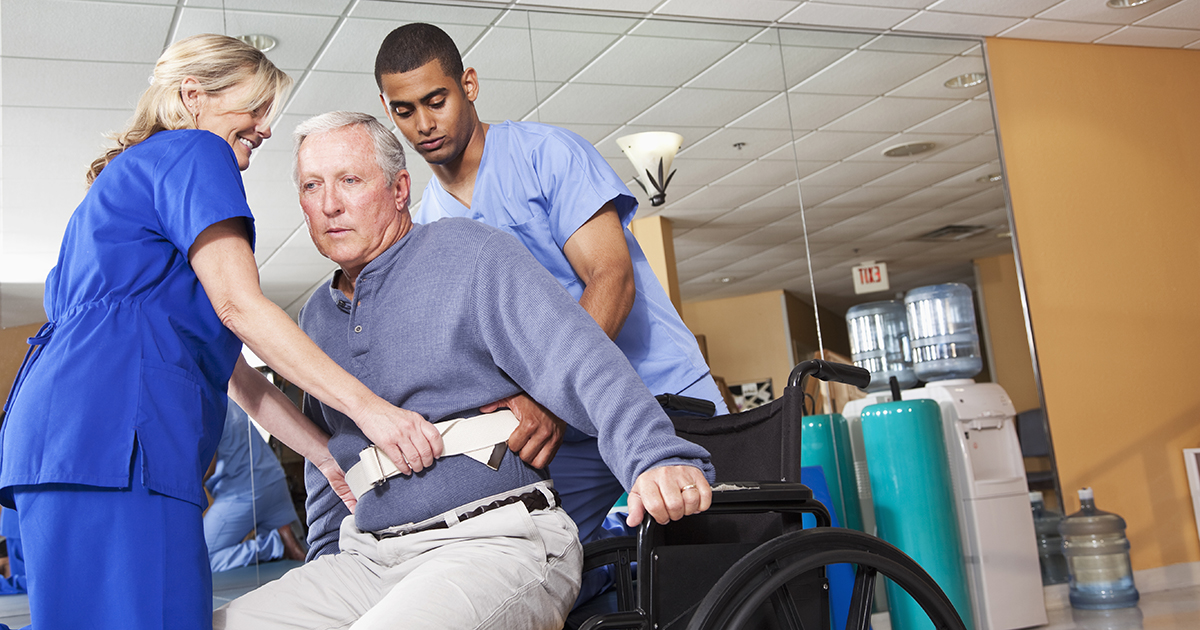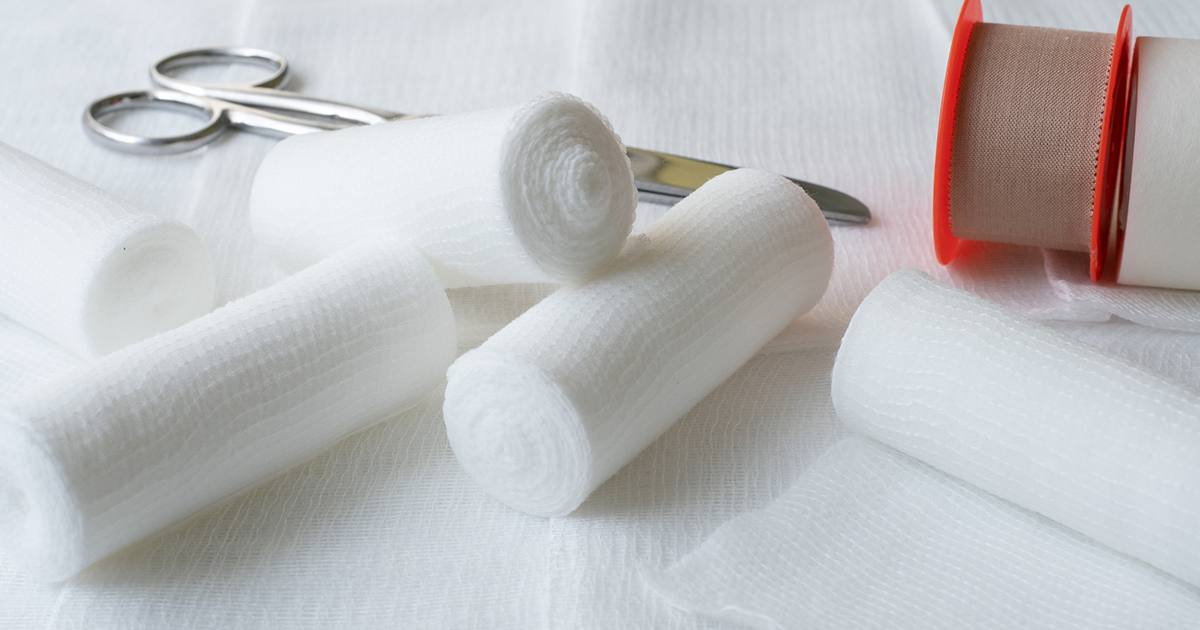A Resourceful Guide To Treating Bedsores
Bedsores, also called pressure or decubitus ulcers, are wounds on the skin that occur for several reasons. Bedsores tend to form on the skin with a bony area underneath it like the ankles, hips, buttocks, and back. This very treatable health problem tends to occur in individuals who spend a long time each day in a chair, wheelchair, or bed. Seniors and individuals who can’t move around by themselves very well are most likely to get bedsores, as well as individuals with delicate skin. Discolored skin, painful skin, and skin with an open wound are indications of this skin disorder.
Repositioning

Preventing bedsores is the preferred situation, of course, but even when a less mobile individual has their position changed frequently, they may still develop them. If that happens, the patients in question, as well as their caregivers, need to increase the number of times they are repositioned. The number of times a patient must be moved depends significantly upon their health and the type of surface their skin is in contact with.
Usually, patients in a bed with a good quality mattress need to be moved at least every two hours. They need repositioning even during the night and when they are sleeping. Individuals in a wheelchair need to move or be moved at least a little about every fifteen minutes. Also, using supportive surfaces under a patient can prevent bedsores and help them heal.
Cleaning And Dressing Wounds

Individuals who have bedsores, or non-medical caregivers of these individuals, should consult with a doctor for detailed and specific advice for the case at hand. Depending on the stage of the lesion, the wounds may need to be both cleaned and dressed. For general purposes, cleaning and dressing wounds remains a straightforward process, however. Individuals dealing with unbroken skin should wash the area with a gentle cleanser and pat the area dry.
Open sores should be flushed gently with a saline solution every time old bandages are replaced with sterile new ones. Bandages protect broken skin from becoming infected. Individuals can use many different types of dressings like foam, treated coverings, gauze, and film, or a combination thereof to protect the injured area.
